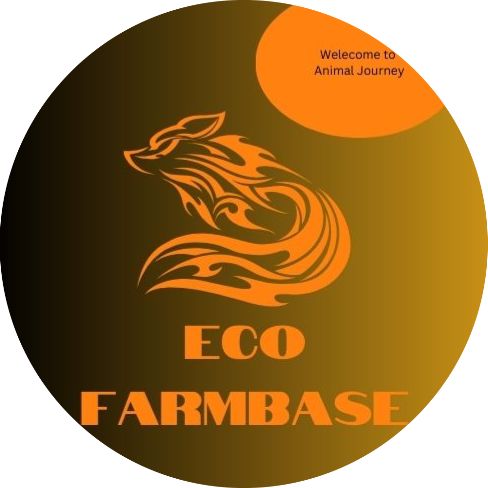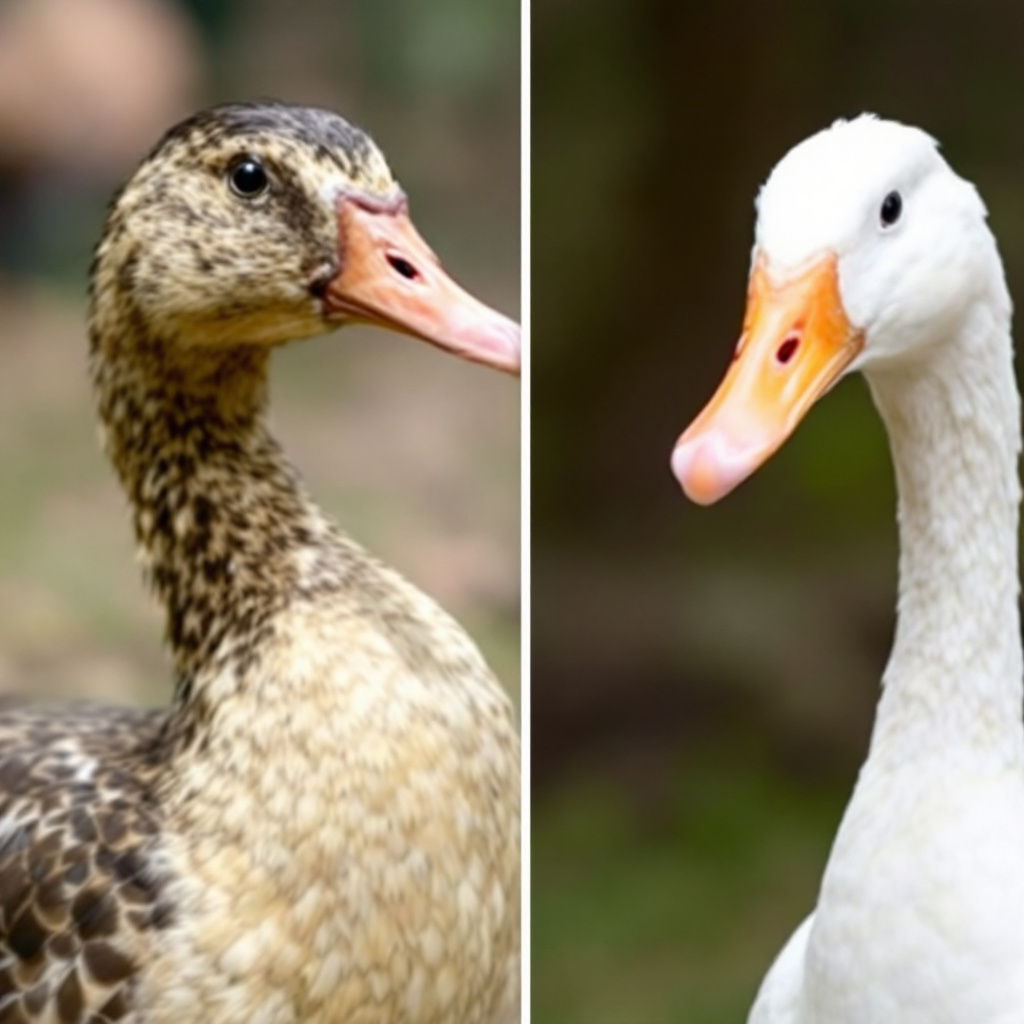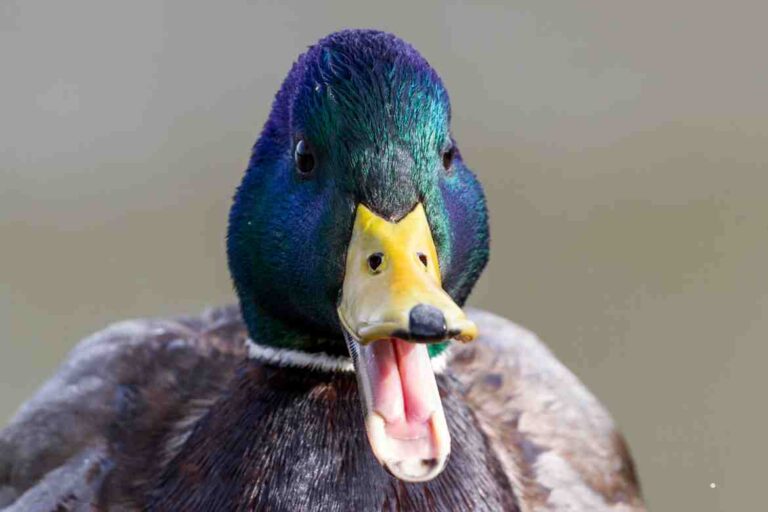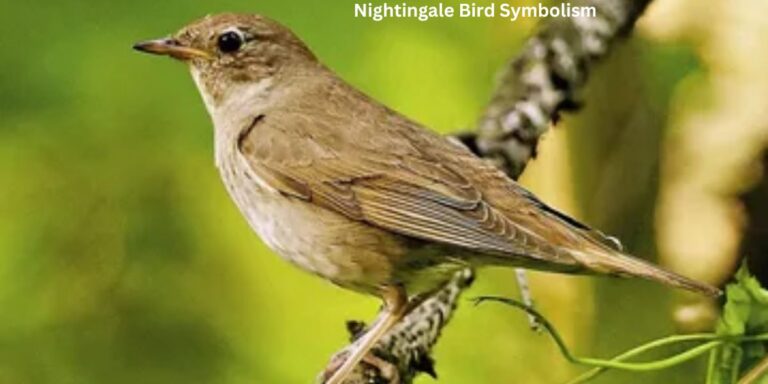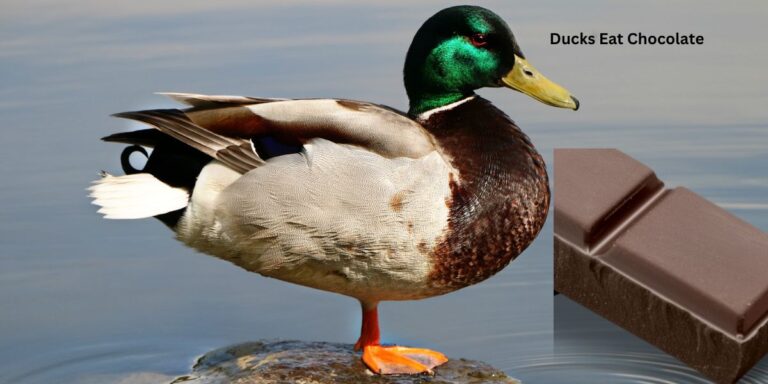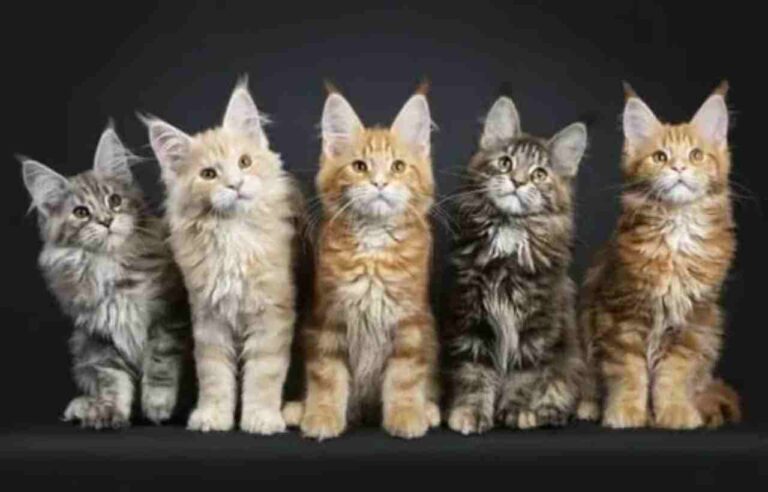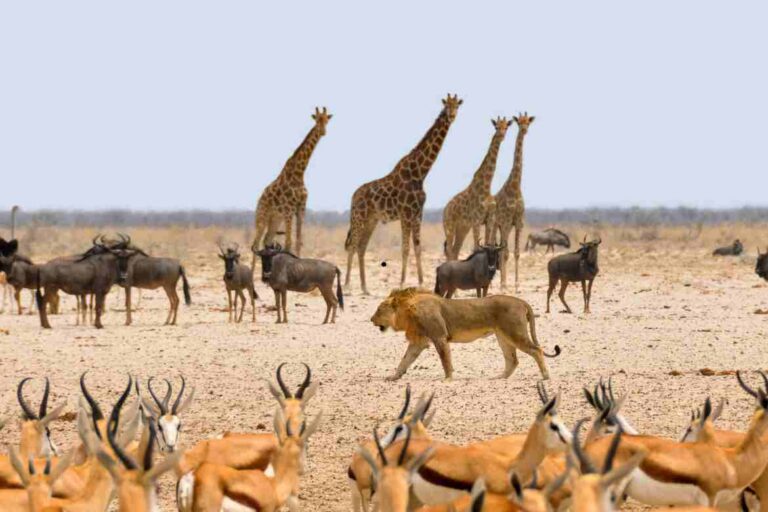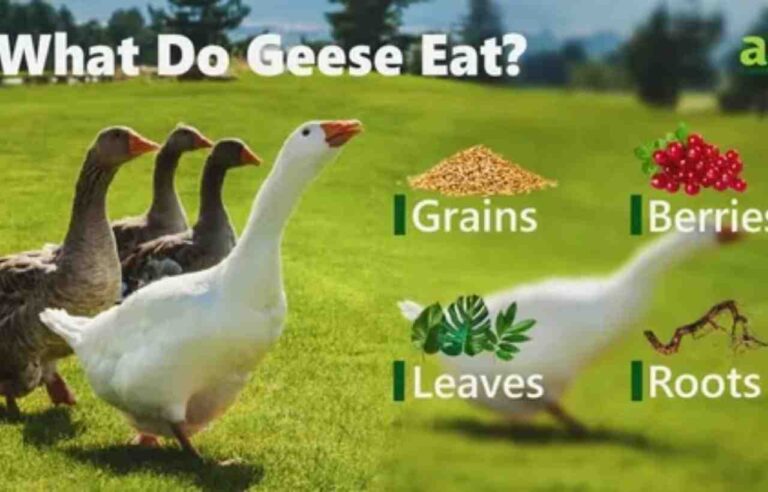Duck vs Goose: Differences, Similarities, and Unique Traits
Duck Vs goose are both members of the Anatidae family, a diverse group of waterfowl that includes ducks, geese, and swans. While they share many common traits, ducks and goose differ in several aspects, from physical characteristics to behavior, habitat preferences, and social structures. These differences make them uniquely adapted to their environments and contribute to their distinct roles in ecosystems.
In this article, we’ll explore the physical, behavioral, and ecological distinctions between ducks and geese, while also highlighting similarities that connect them as close relatives. By the end, you’ll gain a deeper understanding of the unique characteristics that set ducks and geese apart, along with some fascinating facts about each bird.
Physical Differences Between Ducks Vs Geese
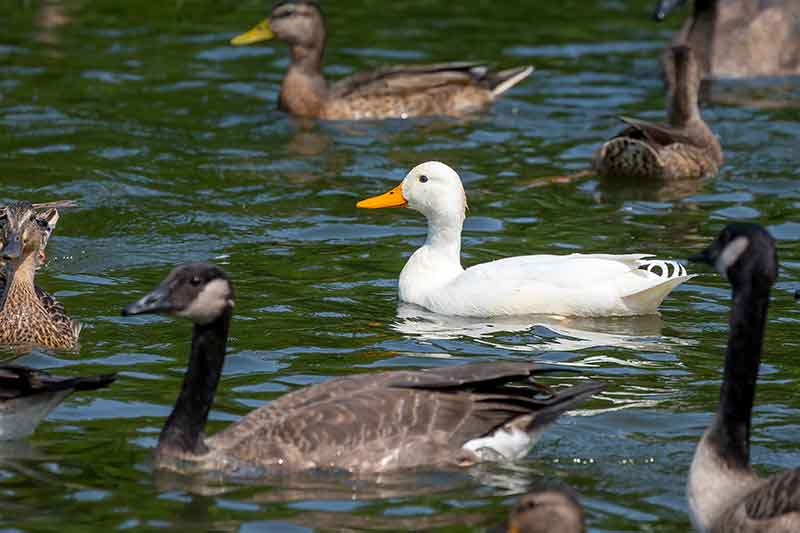
One of the most obvious ways to distinguish between ducks and geese is through their physical characteristics, including body size, neck length, and color patterns.
Body Size and Shape
- Ducks: Generally smaller and more compact, ducks have shorter bodies and necks. Their size varies by species, ranging from tiny teal ducks to larger species like the mallard. Ducks also tend to have a rounder, more compact build that helps them navigate through dense vegetation and shallow water.
- Geese: Geese are typically larger than ducks, with a more elongated body shape. Their size is comparable to that of small to medium-sized swans, and they are often more robust in appearance. The larger body size of geese enables them to fly longer distances and survive in more challenging climates, such as northern regions.
Neck Length
- Ducks: Ducks have relatively short necks, which is an adaptation for feeding in shallow waters. Dabbling ducks, for instance, often feed by tipping forward to reach aquatic plants, which does not require a long neck.
- Geese: Geese are easily identifiable by their long necks, which are shorter than those of swans but significantly longer than those of ducks. This feature enables geese to reach deeper water plants and graze on grasses.
Color Patterns
- Ducks: Ducks are often more vibrantly colored, with males displaying bright, iridescent plumage, especially during the breeding season. This is particularly true for dabbling ducks, where males, such as mallards, feature brilliant green heads, while females remain more camouflaged for nesting purposes.
- Geese: Geese tend to have more uniform and subdued coloring, often in shades of gray, brown, black, or white. This subtle coloration serves as camouflage in their natural habitats, helping them blend in with open fields, marshlands, and grasslands where they typically graze.
Beak Shape and Function
- Ducks: Ducks have flatter, broader bills suited for filtering food from the water. Their beaks contain small, comb-like structures called lamellae, which help them sift through mud, water, and vegetation for small insects, fish, and plant material.
- Geese: Geese have longer, narrower bills that are better suited for grazing on grass, roots, and grains. Their bills are adapted for tearing vegetation, making them more efficient at foraging on land compared to ducks.
Habitat Preferences OF Duck vs Goose
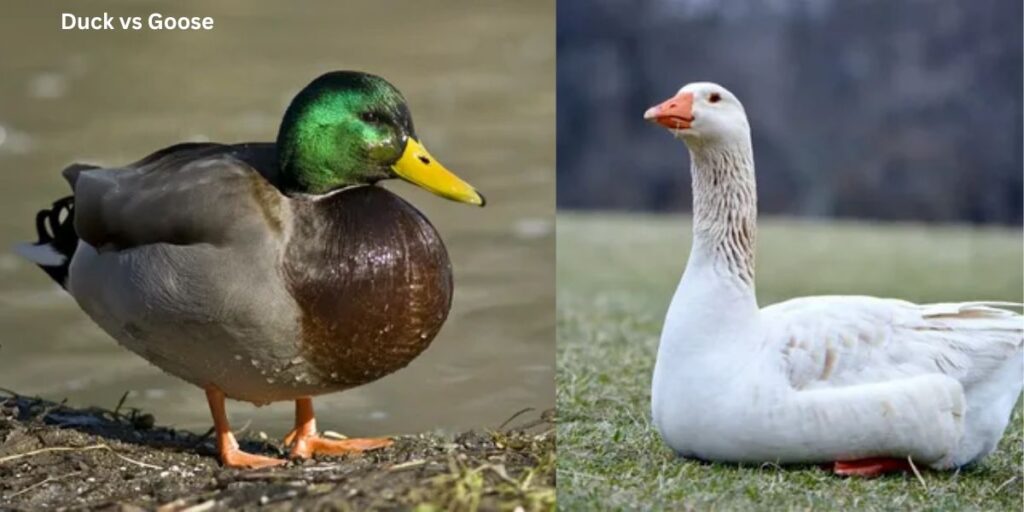
Ducks and geese inhabit diverse ecosystems but have distinct preferences based on their foraging needs and behavior the tiger swallowtail butterfly spiritual meaning.
- Ducks
Ducks are highly adaptable and can be found in a variety of aquatic environments, including ponds, lakes, rivers, marshes, and coastal wetlands. Depending on the species, ducks can either be dabbling or diving types:
- Dabbling Ducks: These ducks feed in shallow water by tipping forward and grazing on aquatic plants. Common dabbling ducks include mallards, teal, and pintails.
- Diving Ducks: Diving ducks, such as the canvasback and redhead, feed by diving below the surface to catch fish, insects, and other underwater food sources.
- Geese
Geese are primarily grazers, and while they enjoy aquatic environments, they are often found in open grasslands, meadows, and agricultural fields where they can feed on grasses and grains. Geese typically nest near water bodies, which serve as safe sites for raising their young, but they spend much of their time foraging on land. Their ability to walk well on land and cover large distances also helps them adapt to diverse environments.
Social Structure and Behavior
Ducks and geese display different social behaviors, particularly in terms of mating and raising their young.
Mating and Pairing
- Ducks: Ducks are often seasonally monogamous, meaning they form bonds for a single breeding season and then may find new partners in the following seasons. Male ducks, especially among dabbling species, are known for their elaborate courtship displays and colorful plumage, which they use to attract females. After mating, the male duck often plays a limited role in raising the offspring.
- Geese: Geese are known for their strong monogamous bonds. Many species of geese mate for life, with pairs remaining together year after year. This lifelong pairing offers stability and aids in the success of raising offspring. Both the male and female geese are actively involved in raising their young, with the male playing a protective role and guarding the family.
Parental Care
- Ducks: After laying eggs, female ducks typically incubate the eggs on their own. Once hatched, ducklings are precocial, meaning they are relatively mature and mobile, able to walk and swim shortly after birth. The mother duck leads them to water and protects them, but ducklings generally receive less extended parental care than goslings.
- Geese: Both parents participate in protecting and guiding goslings, making geese more socially cohesive as families. Goslings stay with their parents for several months, learning essential survival skills before becoming independent.
Migration and Flying Abilities
Ducks and geese are both migratory, but they differ in their migration patterns and flight styles.
- Ducks: Many duck species are migratory and can fly at speeds of 40-60 mph, with mallards reaching up to 55 mph. Ducks travel in flocks during migration but do not always fly in organized formations. Some migratory ducks cover vast distances, such as the Northern Pintail, which can travel over 2,000 miles during its migration.
- Geese: Geese are strong, long-distance fliers known for their characteristic “V” formation, which reduces wind resistance and conserves energy. They often travel thousands of miles to their breeding or wintering grounds, flying at speeds between 40 and 70 mph. Canada geese, for example, migrate in large flocks and can travel up to 3,000 miles in a single season.
Ecological Roles of Ducks and Geese
Both ducks and geese contribute to the health and balance of ecosystems.
Seed Dispersal and Plant Growth
- whats the difference between a duck and a goose consume a variety of seeds and plant materials, contributing to the dispersal of aquatic and terrestrial plants. As they move through different environments, they deposit seeds through their droppings, aiding in the spread of vegetation and promoting biodiversity.
Soil and Water Quality
- By foraging in wetland areas, ducks and geese help aerate the soil and contribute to nutrient cycling. Geese, in particular, graze on grasses, which can help control plant overgrowth in certain areas and promote healthier soil by breaking down plant matter.
Food Source for Predators
- Ducks and geese serve as food for various predators, including foxes, coyotes, and birds of prey. They are an essential part of the food web, supporting biodiversity by providing sustenance for other animals.
Conclusion
Ducks Vs goose share a number of similarities, yet they have distinct characteristics that make them unique within the waterfowl family. From physical traits like body size and neck length to behavioral aspects such as migration patterns and social structures, ducks and geese each play vital roles in ecosystems across the globe. While ducks are smaller, agile, and more adaptable to various habitats, geese are larger, highly social, and adept at long-distance flight in organized flocks.
Understanding these differences not only enhances our appreciation for these fascinating birds but also highlights the importance of conserving the diverse habitats they rely on. Both ducks and geese contribute to the health of wetlands, forests, and grasslands, illustrating the interconnectedness of ecosystems and the need to protect these environments for future generations.
- Mexican Red Headed Bird: A Brilliant Avian Wonder - January 16, 2025
- Can Turkeys Eat Bread? - January 15, 2025
- crocodile and plover bird relationship articles for students - January 12, 2025
